Barbara Higham
When I was pregnant for the first time, I remember being struck by something a mother said at a prenatal class. She recommended all new mothers get the hang, early on, of breastfeeding lying down, for the simple reason that this eliminates the need to parent for as many as 12 hours out of every 24. From my cursory observations, it was already apparent that motherhood was a tiring business and, as I’ve always been fond of my rest, I squirreled away that nugget of advice early on. A mother at my yoga for pregnancy class, who was expecting her third baby, recommended we read Three in a Bed, I didn’t. When I actually found there were three in my bed, the title came drifting back to me in the still of the night. I bought the book and devoured it, feeling instantly exonerated for keeping my baby with me at all times.
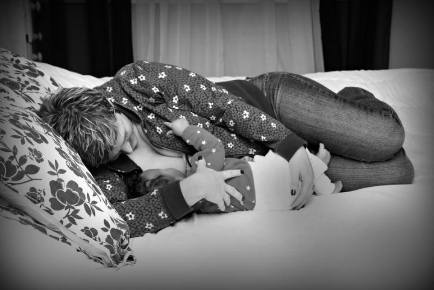
After a frightening separation from my son immediately following his birth, I’d struggled to breastfeed. I often ended up lying down with him, exhausted, and at a loss how to encourage him to latch on. He seemed to fight with my breast, as though he were trying to get it out of his way rather than in to his mouth. But it was lying down with him on the bed, half drowsing in and out of sleep, that he first managed to latch on well and breastfeed properly. The brand new Moses basket and heirloom reconditioned crib with expensive new mattress were never needed. “Babies learn to breastfeed by breastfeeding” was another remark that became a reality for us.
Throughout time and all over the world, mothers have been adopting the same position to keep their babies safe when they sleep.
Mother protects
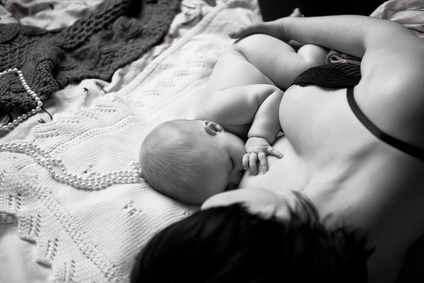 One of the reasons that bedsharing is safer when you are breastfeeding is the way a nursing mother instinctively positions her body—she coils around her baby.
One of the reasons that bedsharing is safer when you are breastfeeding is the way a nursing mother instinctively positions her body—she coils around her baby.
When a mother lies down next to her breastfed baby, her knees come up and her lower arm tucks up under her head or pillow, or down to wrap around her baby—not all mothers find it as comfortable to rotate their arm as they do to move it up. In this way, a mother creates a protected space for the baby. There’s no way a mother can roll towards her baby because her bent legs prevent this from happening. No one else can roll into the baby because the mother’s knees and elbows are in the way.
Even during sleep a breastfed baby will instinctively stay with his face near the breast, because that’s the source of his sustenance and safety. Once he has unlatched from the breast, he will naturally roll on to his back rather than his tummy to sleep.
By about four months, any responsible adult can bedshare as safely as a responsible breastfeeding mother, provided the hazards are avoided: Safe Sleep Guide for Breastfeeding Families.
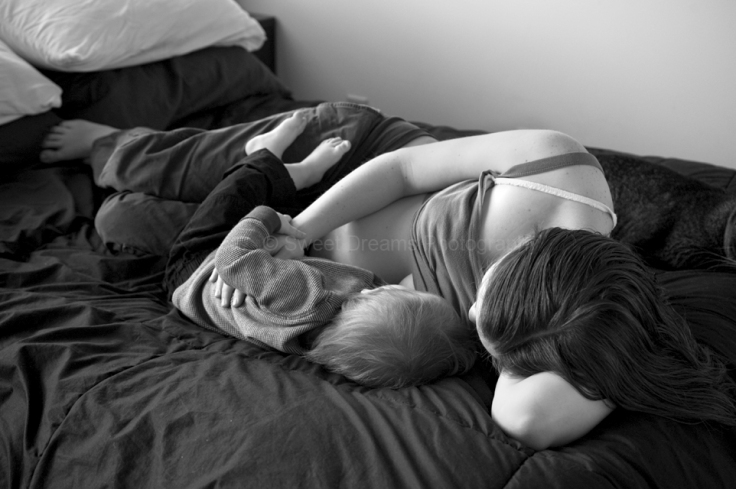
Sleep Awareness on Women’s Health Today

Controlled Crying and Long-Term Harm
Four Reasons Our Sleep Is Being Disturbed
Help for Very Fatigued New Mothers
How Do Mothers Get More Sleep?
Safe Sleep Guide for Breastfeeding Families
3 Ways to Cope with Sleep Deprivation

Will My Baby Sleep More If I Wean Her?
Barbara Higham is editor of Women’s Health Today for Praeclarus Press.

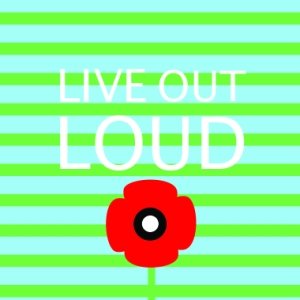





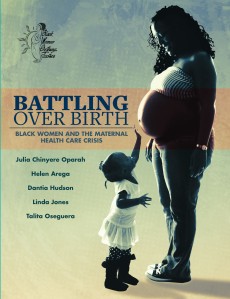





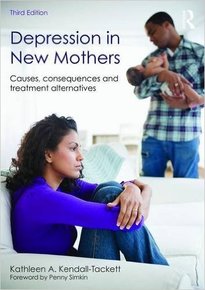









June 2, 2017 at 5:26 pm
Thank you so much for this information. Baby Cafe USA endorses parental education for safe bedsharing and “breastsleeping”.
LikeLike